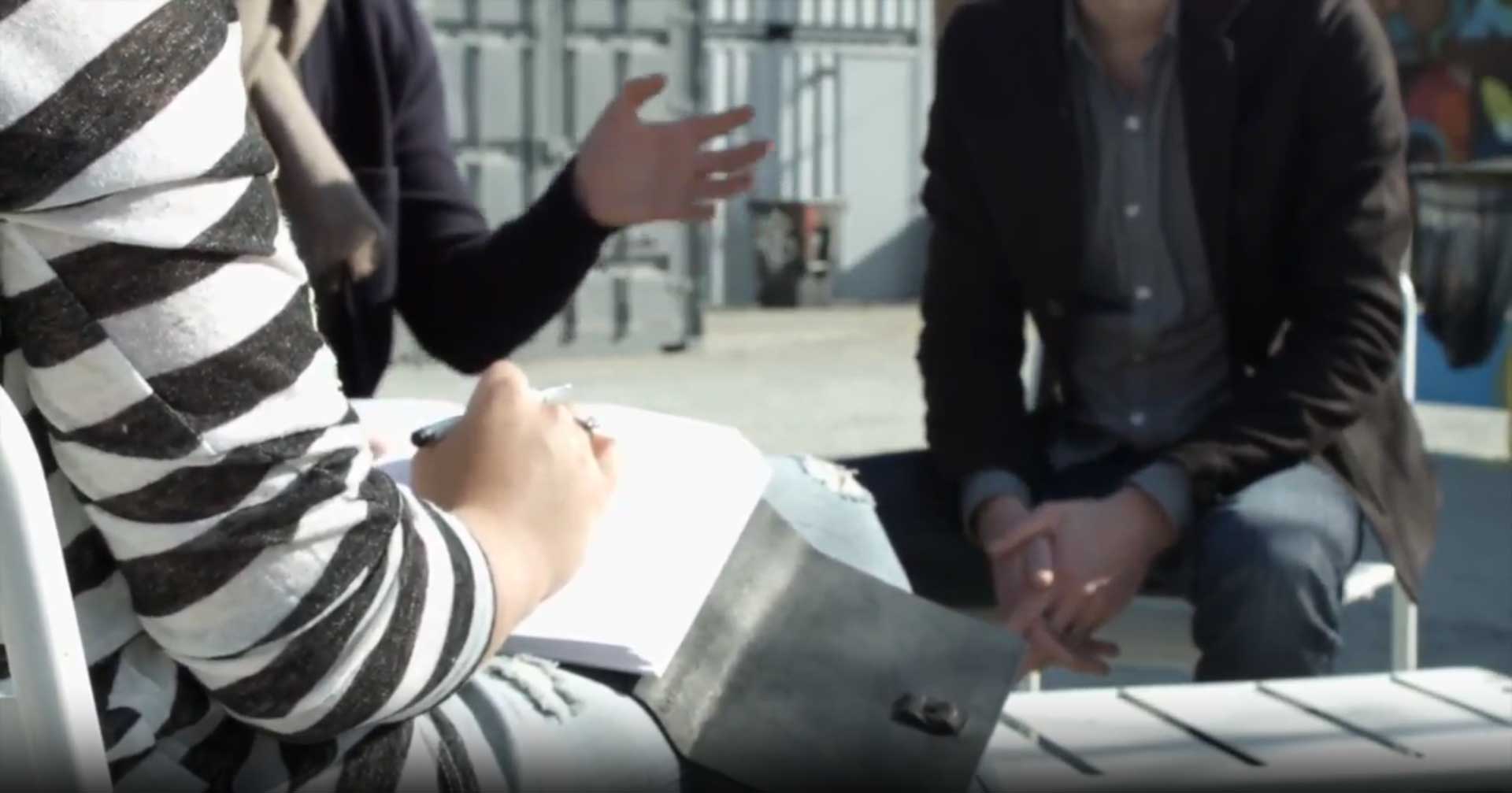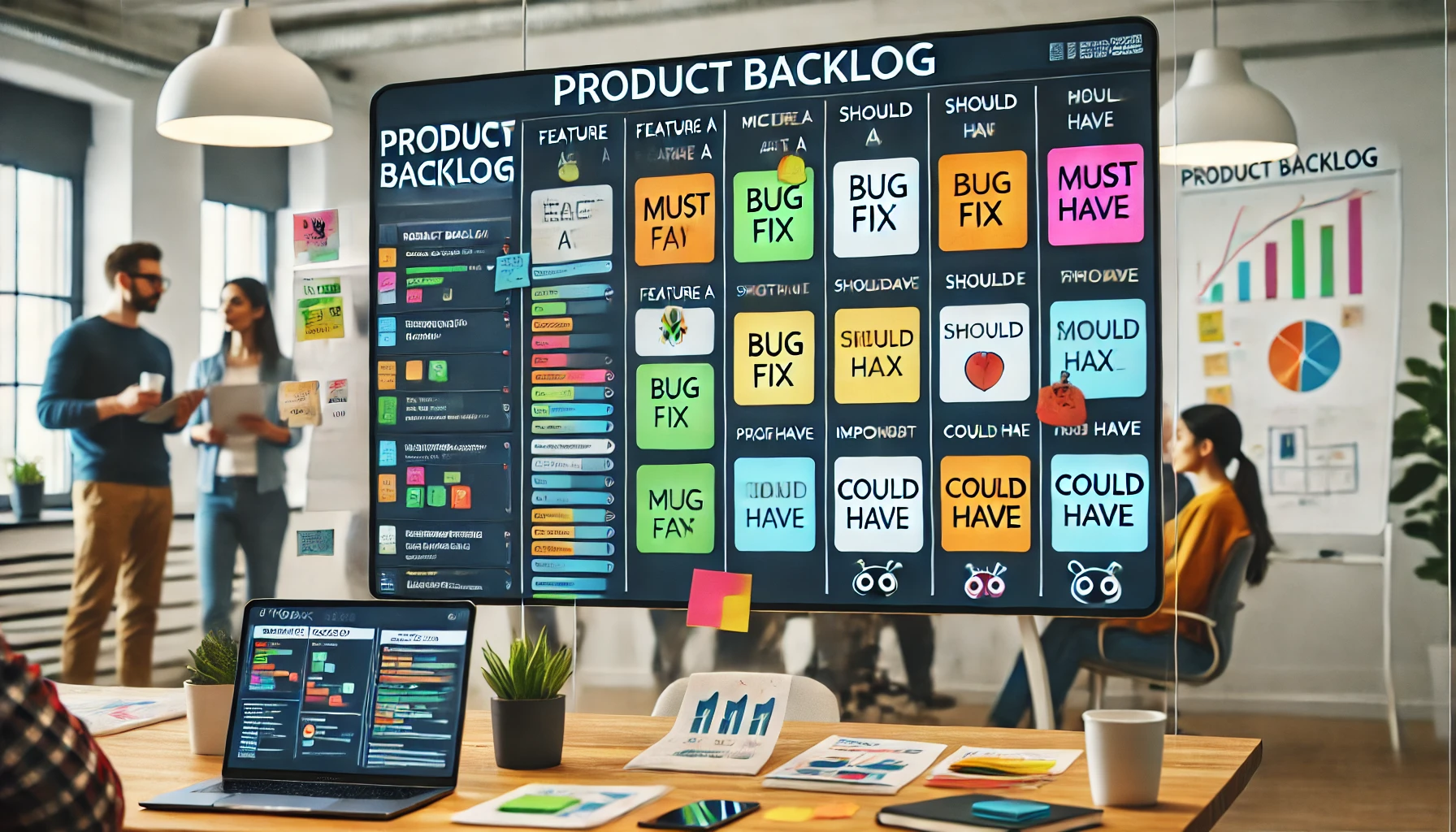It is common that when you see the SAFe “framework” drawing for the first time you get an overwhelming feeling. It is a drawing with 4 levels, icons representing people representing new roles, several backlogs surrounded by elements that we are not able to connect with anything we know… and this is what has been described by people who know about Agile methodologies.

This feeling is quite normal, since we have tried to capture a complicated idea in a drawing. We are used to the Scrum framework drawing that is “light”, instead SAFe seems anything but light. This is not a disadvantage, in order to use SAFe as a reference model it is not necessary to know every single element in the “big picture”, the important thing is to remember the values and principles.
After all, SAFe does NOT have to be considered a framework. Okay, yes! The “F” in SAFe, comes from Framework, however, in the definition of what SAFe is, it says:
is a knowledge base of proven, integrated principles, practices and competencies for Lean, Agile and DevOps.
It is very accurate to see SAFe as a knowledge base, for me SAFe is a library of practices and competencies to scale Lean and Agile practices in organizations.
At the core of SAFe are the values on which it is based. The rest are tools, practices and competencies, which are very important, but meaningless if they do not support values and principles. Mimicking the framework and practices described in the SAFe “big picture” will never guarantee your adaptation to a Lean Agile organization.
In the formations
In Leading SAFe trainings, the values and principles part is approximately 75% of the first day, due to its importance. When we recap what we have seen and the students realize that all this is only a tiny part of the drawing (approximately 10%), it generates a certain vertigo. This feeling changes, when at the end of the second day they have understood what SAFe is and how it can help as long as it is used as a library and its values and principles are followed.
Lean House
SAFe is based on Agile principles and what is called the Lean house.

We have the “value” as an element that groups all the pillars of the house. The idea is that everything that is done in the improvement process is to bring value to the customer.
There is only one person capable of firing the entire company, and that person is the customer.
The lean house has four pillars:
- Respecting people and culture
- Flow
- Innovation
- Relentless improvement
Without going into too much detail, these four pillars represent very important variables in any improvement process:
- Respect for people, they are the ones who do the work. We all want to work in and for organizations where we are happy, motivated and committed. An organization’s greatest asset is its employees.
- Flow: the idea of organizing work into processes is not new. The purpose is to make these values flow efficient, i.e. the time from ideation to exploitation is as short as possible.
- Innovation: Technology is a fundamental part of change processes. Organizational transformations” must be supported by technological innovation.
- Relentless improvement. It embraces the principle of non-conformism, of thinking that any aspect of the organization: people, processes and technologies can be improved.




